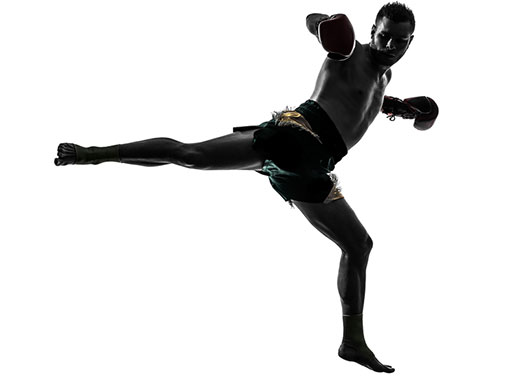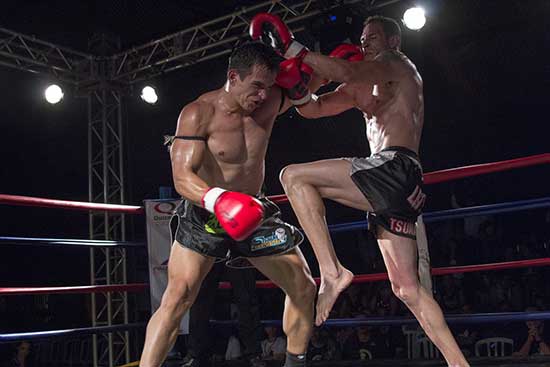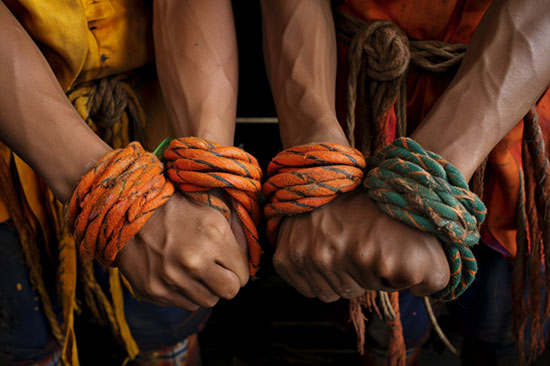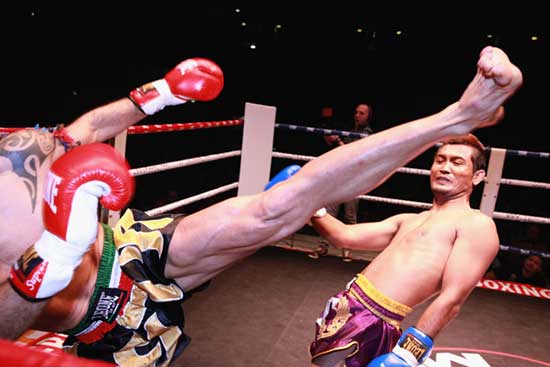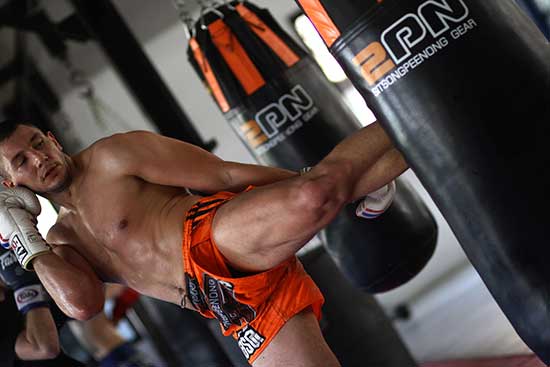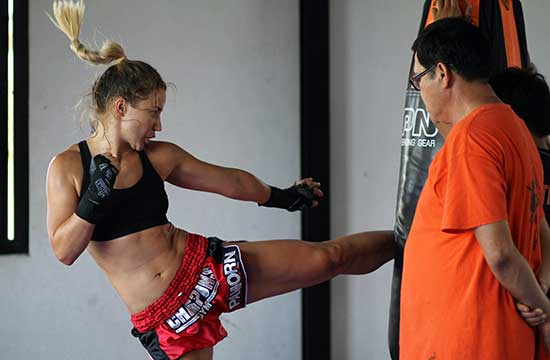Jeet Kune Do and Muay Thai are household names in martial arts. They’re marginally varied techniques with a few nuances that tell them apart, but similar in their functions – Self-defense and combat prowess.
Both techniques are practical for self-defense and surviving street fights. Jeet Kune Do ideas have become mainstays in MMA fighting, and we see fighters using them to subdue their opponents in fighting rings.
Muay Thai originates from Thailand, and people regard it as the “art of limbs” for using the eight striking points – two knees, two elbows, two punches, and two knees.
The fight became a thing in its century, mainly defined as a peacetime that the soldiers of king Naresuan developed.
Conversely, Jeet Kune Do is a fighting philosophy that Bruce Lee developed and is more of a lifestyle.
Contents
Differences Between Jeet Kune Do and Muay Thai
Before defining the similarities and variations between Jeet Kune Do and Muay Thai, we must understand what they are more profoundly.
These two fighting techniques launch offenses on opponents and define street fight art. Jeet Kune Do is a technique that doesn’t follow set rules, and fighting is usually for helping individuals come out on top during their street defense.
Likewise, Muay Thai is a fighting technique that doesn’t follow specific rules and lets individuals use their limbs to subdue their opponents.
Its moves involve bludgeoning opponents repeatedly, which is close to what Thai’s traditionally practice when using banana trees.
Balance and Organization
Despite lacking a clear set of rules, Jeet Kune Do is more balanced and organized. It emphasizes moves that include grappling, kicking, punching, and trapping to wage a fight to your advantage.
However, Muay Thai is about repeatedly bludgeoning an opponent using the eight points of the limbs to wreak havoc on opponents.
Tactical Development
Muay Thai isn’t as tactically developed as Jeet Kune Do. The latter involves using an opponent’s technique against them by subtly defensive.
However, it also employs offensive tactics such as punching and kicking. Muay Thai doesn’t develop any particular tactics that appear defined or organized in any way other than continuously pummeling an opponent.
Weapons
Muay Thai fighters, unlike Jeet Kune Do, don’t use crude weapons when fighting. Instead, they take their limbs for the most practical weapons they can use.
While no rules cap this martial art form, a few specific moves are usually prohibited, including headlocks, grabbing an opponent in the clinch, or stripping your opponent with an ankle. Jeet Kune Do weapons, including rattans and other improvised types.
| Category | Muay Thai | Jeet Kune Do |
|---|---|---|
| Origins | Developed in Thailand as a combat sport | Developed by Bruce Lee in the 1960s as a martial art and philosophy |
| Techniques | Primarily striking using fists, elbows, knees, and shins; clinching and throws are also utilized | Emphasizes “economy of motion” and combines techniques from various martial arts, including striking, trapping, grappling, and weapons training |
| Stance | Uses a squared-off stance with the weight evenly distributed on both legs | Uses a more bladed stance with the lead foot turned inward and more weight on the rear foot |
| Philosophy | Focuses on toughness, conditioning, and endurance; emphasizes practical techniques for self-defense and competition | Emphasizes personal growth and self-expression; encourages adaptability and the development of a personal style |
| Training | Often involves intense physical conditioning, sparring, and competition | Incorporates physical conditioning, technique training, and philosophical study |
| Attitude | Emphasizes aggression and the importance of toughness and resilience | Emphasizes efficiency and adaptability; encourages students to develop their own approach and style |
The Similarities
Despite their differences, Jeet Kune Do and Karate share similar streaks that identify them with the general martial art discipline. You should know a few similarities between Jeet Kune Do and Muay Thai.
Both Martial Arts Are More Offensive than Defensive – Jeet Kune Do and Muay Thai are offensive martial arts techniques that allow a fighter to gain a competitive advantage by constraining them.
Their tactics, including pummeling, kicking, and punching, don’t give the opponent the liberty to be more expressive.
However, Jeet Kune Do can be somewhat lenient as the fighter usually takes time to study their opponent before using their techniques against them.
Both Arts of Street Fighting – Jeet Kune Do and Muay Thai are ideal for street fighting. They aren’t so standardized, and fighters often fight while gaining an edge over their foes by using their techniques against them.
However, Muay Thai usually doesn’t involve focusing on how an opponent fights but not giving a chance to express their fighting art, shifting the advantage to themselves.
What to Choose?
Jeet Kune Do and Muay Thai are ideal for street fighting and defense. However, it would help if you were clear with what you want in a fight for headway about choosing the best and most practical technique.
Jeet Kune Do should be fine if you’re looking for a somewhat organized fighting technique with few restrictions and rules.
However, if you want to be launching assaults on opponents with a little less organization and tactic, Muay Thai is ideal
Conclusion
Street fighting has incorporated numerous martial art techniques and go a long way in keeping you safe and away from trouble.
But while every other martial art technique count, Jeet Kune Do, and Muay Thai are among the best you can be versed with.

